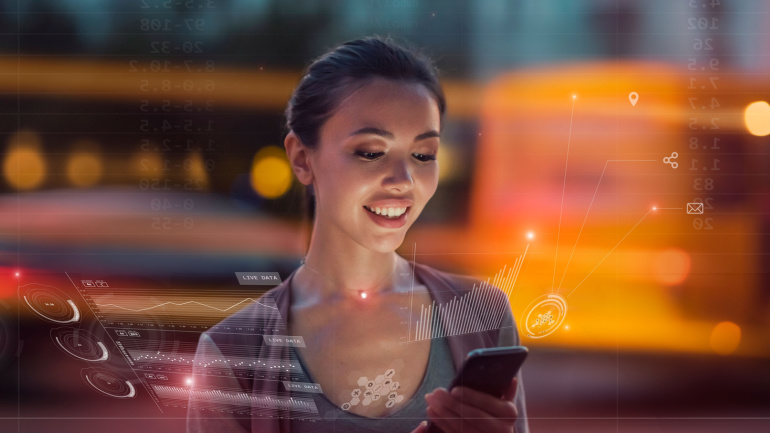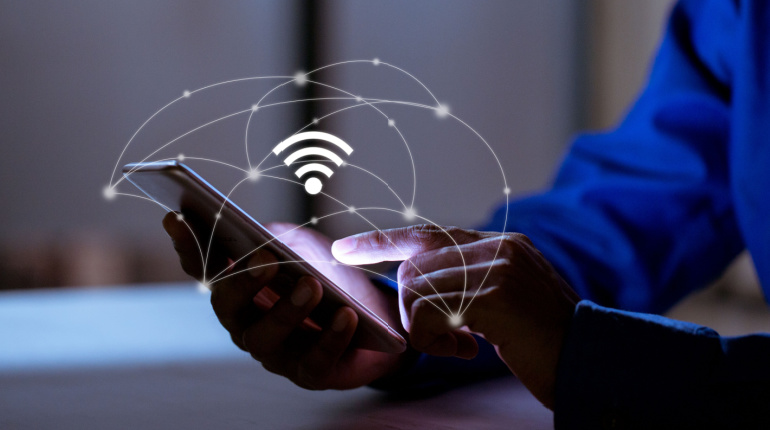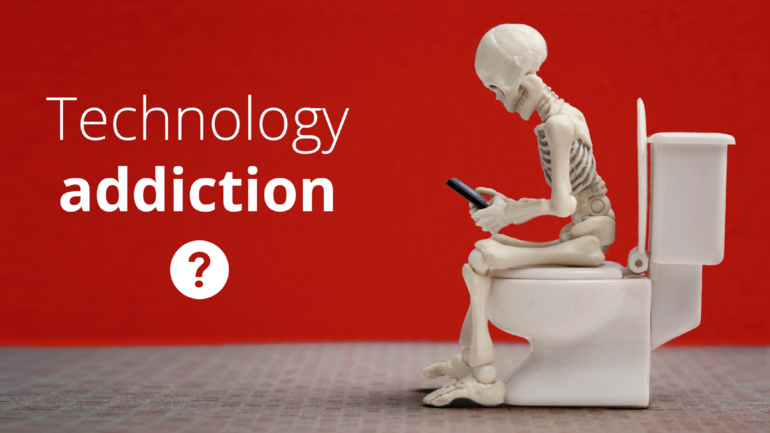Top tech giants, including Amazon, Apple, and Microsoft, have recently been identified by the European Commission under the new Digital Markets Act (DMA) as potential digital ‘gatekeepers’. These firms, commanding vast economic and influential prowess, now sit waiting during a 45 day review period that could officially brand them as such. Following the conclusion of the evaluation process, each company will need to navigate a six-month transition to achieve full compliance with the DMA directives. These guidelines are aimed at fostering competition and safeguarding both end-user rights and the interests of small scale businesses.
Explore how Wi-Fi service providers enhance subscriber experiences using Calix Revenue EDGE cloud platform for advanced insights, streamlined network management, and innovative offerings like SmartBiz™ tailored to small businesses. Dive into the key differentiators and benefits of adopting these cutting-edge solutions.
The advent of the Internet, as well as the widespread usage of smartphones, tablets and personal computers, has made it harder to have a healthy relationship with technology. Could you turn off your phone and not use the Internet for 24 hours if you wanted to? How about 48 hours or even a week? The answer to this question is frequently a resounding “no”, and we all understand why this is the case. Technology is becoming more pervasive and indispensable in both our professional and personal lives. Staying connected on social media, taking part in video conferences at work, and replying to emails may all contribute to a “always on” mindset. We may feel as though we are losing out on important information if we are not constantly connected to technology. However, research suggests that excessive use of the Internet and internet-enabled gadgets can lead to a technological addiction, which…
It has been over a year since organizations rushed from the traditional office to a virtual workplace due to the coronavirus. The transition from office to home leads to other changes: many of us now communicate much more often in the virtual world, rather than face-to-face, which means that nonverbal communications are now more important than ever. How has this transition from personal to digital communication changed the way we read people and interpret their body language?







